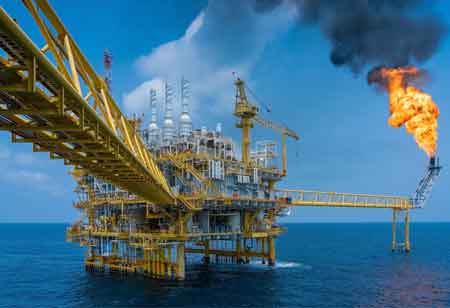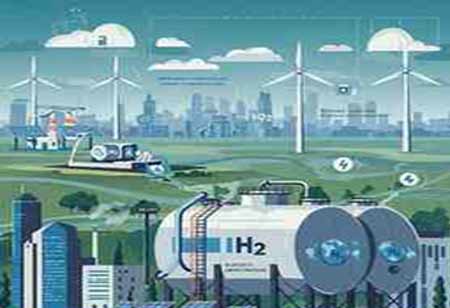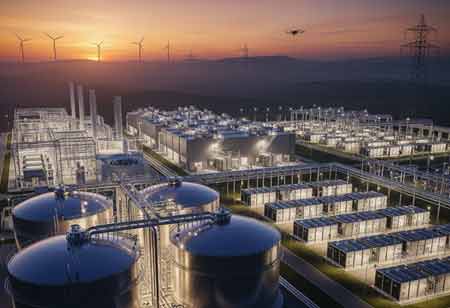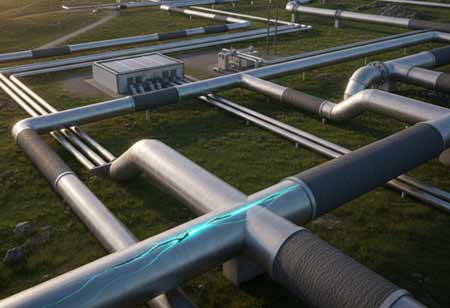Why is 3D Printing Uptake Increasing in the Oil and Gas Industry?

I agree We use cookies on this website to enhance your user experience. By clicking any link on this page you are giving your consent for us to set cookies. More info
Be first to read the latest tech news, Industry Leader's Insights, and CIO interviews of medium and large enterprises exclusively from Energy Tech Review

By
Energy Tech Review | Wednesday, July 17, 2019
Stay ahead of the industry with exclusive feature stories on the top companies, expert insights and the latest news delivered straight to your inbox. Subscribe today.
Oil and gas firms will see a reduction in costs spent on supply chain management by using 3D printing, which would help them enhance operational efficiency and foster growth.
FREMONT, CA: Over the years, 3D printing has become prominent in different industries and has significantly influenced the oil and gas industry. The technology has the potential to engage firms into multiple product design cycles and allow faster validation of designs. Now, oil and gas companies are researching ways to integrate 3D printing technology into their processes. Know more here.
One significant benefit of 3D printing in oil and gas is the acceleration of product development. With fast prototyping, it is possible to the development cycle of oil and gas components, thereby reducing production. Rapid prototyping also allows those in the oil and gas industry to engage in multiple design cycles and quickly test design concepts. The oil and gas industries used complex machinery that must meet robust performance and environmental standards. 3D printing allows for innovative shapes and complex geometries that reduce the number of parts, thereby reducing assembling time, improving performance, and reducing emission. 3D printing allows the simplified manufacturing of pumps, turbomachinery, valves, and other vital components.
Check Out: Managing MFG
In oil and gas, parts availability is the key. The industry requires many low-volume components that are expensive to manufacture, stock, and replace. As the industry evolves, improved designs using 3D printing will lead to shorter production cycles, which will increase the pressure on those responsible for stocking spare parts. 3D printing reduces warehouse stocks through on-demand printing. It is also an antidote to the ongoing challenge of sufficiently addressing the requirements of legacy installations.
The oil and gas industry is showing slow but steady adoption of 3D printing in recent years. As the industry focuses more on sustainable development, 3D printing will gain further momentum, and companies will embrace this technology with open arms resulting in better operational efficiencies. This will ultimately transform the industry as a whole.





